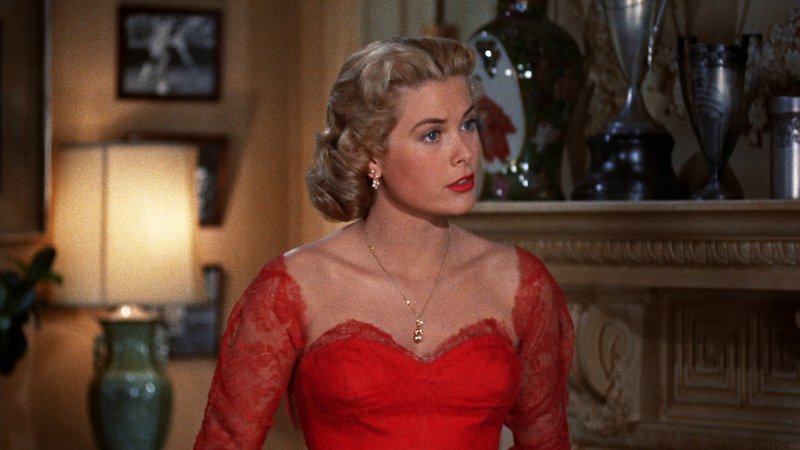In the only Hitchcock movie ever shot in 3D, quintessential cool blonde Grace Kelly stars as a society woman for whom jealous husband Ray Milland arranges the perfect murder. But thanks to a well-placed pair of scissors, the tables are turned, and Milland’s carefully laid plans begin to disintegrate.

A murder without gleaming scissors is like asparagus without the hollandaise sauce; tasteless.
Screened as part of NZIFF 2013
Dial M for Murder 3D 1954
“In the only Hitchcock movie ever shot in 3D, quintessential cool blonde Grace Kelly stars as a society woman for whom jealous husband Ray Milland arranges the perfect murder. But thanks to a well-placed pair of scissors, the tables are turned, and Milland’s carefully laid plans begin to disintegrate. Warner Bros’ meticulous new digital restoration vividly brings out Dial M’s color and stereoscopic photography as never before…
Hitchcock said of 3D, ‘It’s a nine-day wonder, and I came in on the ninth day.’ Hitchcock confined most of the action to one set and set his cameras in a pit to get low-angle shots designed to emphasize depth and to give the film a theatricality and claustrophobia à la Rope and Rear Window. Only on this stage the proscenium doesn’t end at the screen, it extends into the audience! 3D is most effectively used in the murder sequence, which takes on new and greater significance as the viewer is placed in the midst of the struggle: a voyeuristic accomplice to murder as only Hitchcock could have planned.
For this current release, a 4K scan was made of the original camera negative, along with a full restoration of the two ‘eyes’ in perfect alignment.” — Film Forum, New York
“Launched in late 1952, Hollywood’s comically brief 3D experiment peaked the following summer. The craze was long over by the time Alfred Hitchcock finished his contribution to the cycle, Dial M for Murder, and the movie was released flat. A pity because, as now can be seen in this stunning rerelease, Dial M for Murder was by far the most visually compelling of studio stereoscopic movies.” — J. Hoberman, Village Voice